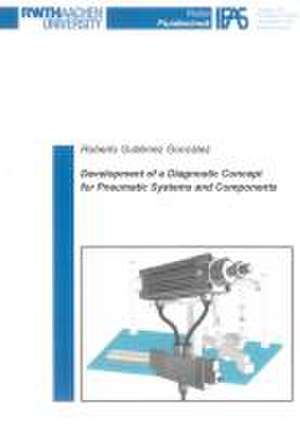Development of a Diagnostic Concept for Pneumatic Systems and Components
Autor Roberto Gutiérrez Gonzálezen Limba Engleză Paperback – 29 feb 2012
Preț: 170.06 lei
Nou
Puncte Express: 255
Preț estimativ în valută:
32.54€ • 35.34$ • 27.34£
32.54€ • 35.34$ • 27.34£
Carte indisponibilă temporar
Doresc să fiu notificat când acest titlu va fi disponibil:
Se trimite...
Preluare comenzi: 021 569.72.76
Specificații
ISBN-13: 9783844008746
ISBN-10: 3844008748
Pagini: 237
Dimensiuni: 152 x 208 x 22 mm
Greutate: 0.35 kg
Editura: Shaker Verlag
ISBN-10: 3844008748
Pagini: 237
Dimensiuni: 152 x 208 x 22 mm
Greutate: 0.35 kg
Editura: Shaker Verlag
